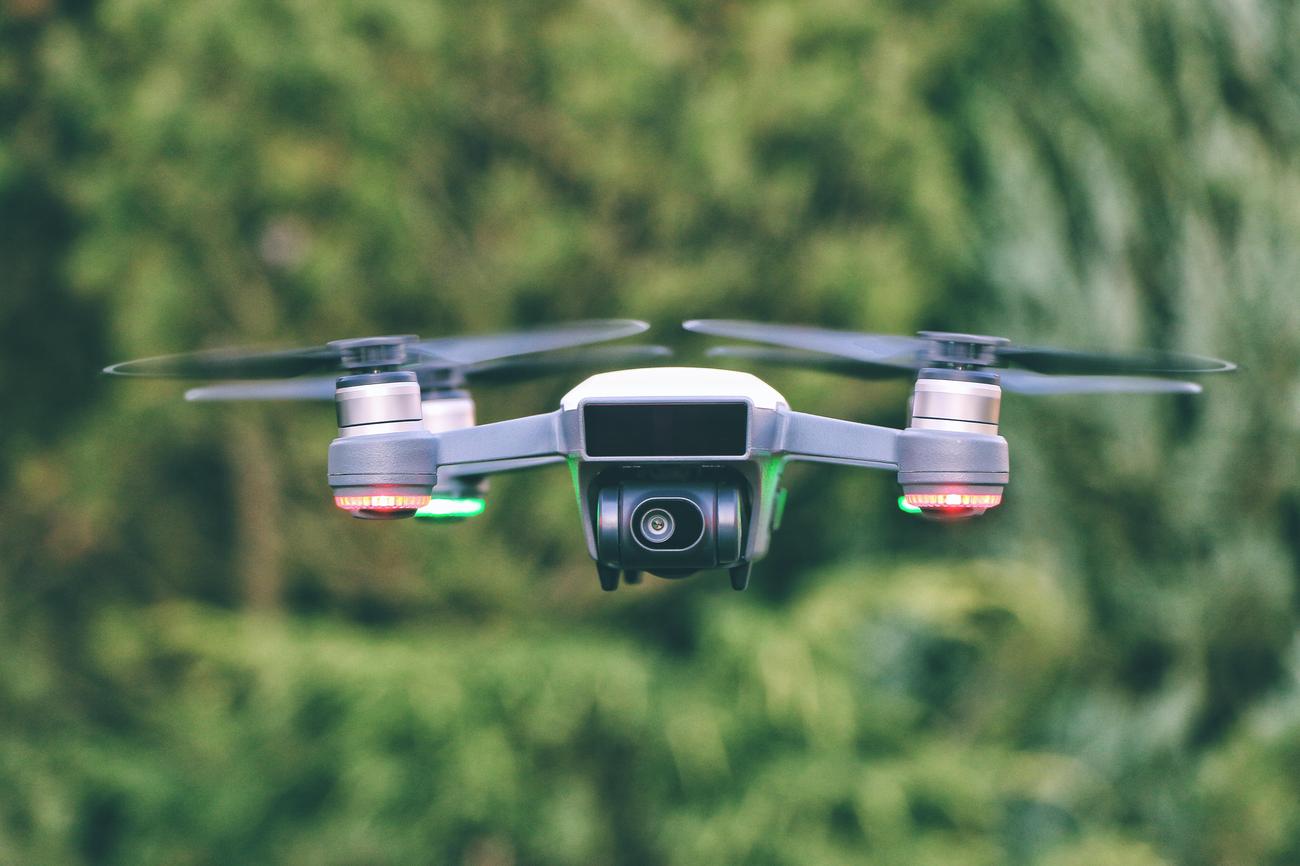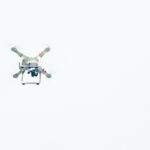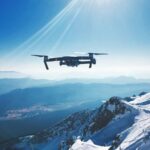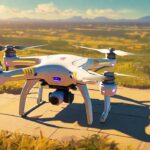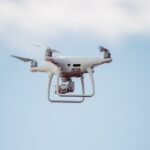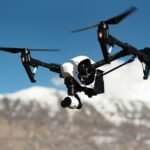As technology continues to advance at an astonishing rate, one area that is capturing the imagination of innovators and enthusiasts alike is the world of emerging drone technologies. These unmanned aerial vehicles have come a long way from their initial military applications, with new advancements pushing the boundaries of what is possible. From autonomous navigation systems to cutting-edge payload capacities, drones are poised to revolutionize industries ranging from agriculture to delivery services. In this article, we will explore the exciting future of emerging drone tech and the limitless potential it holds for the world around us.
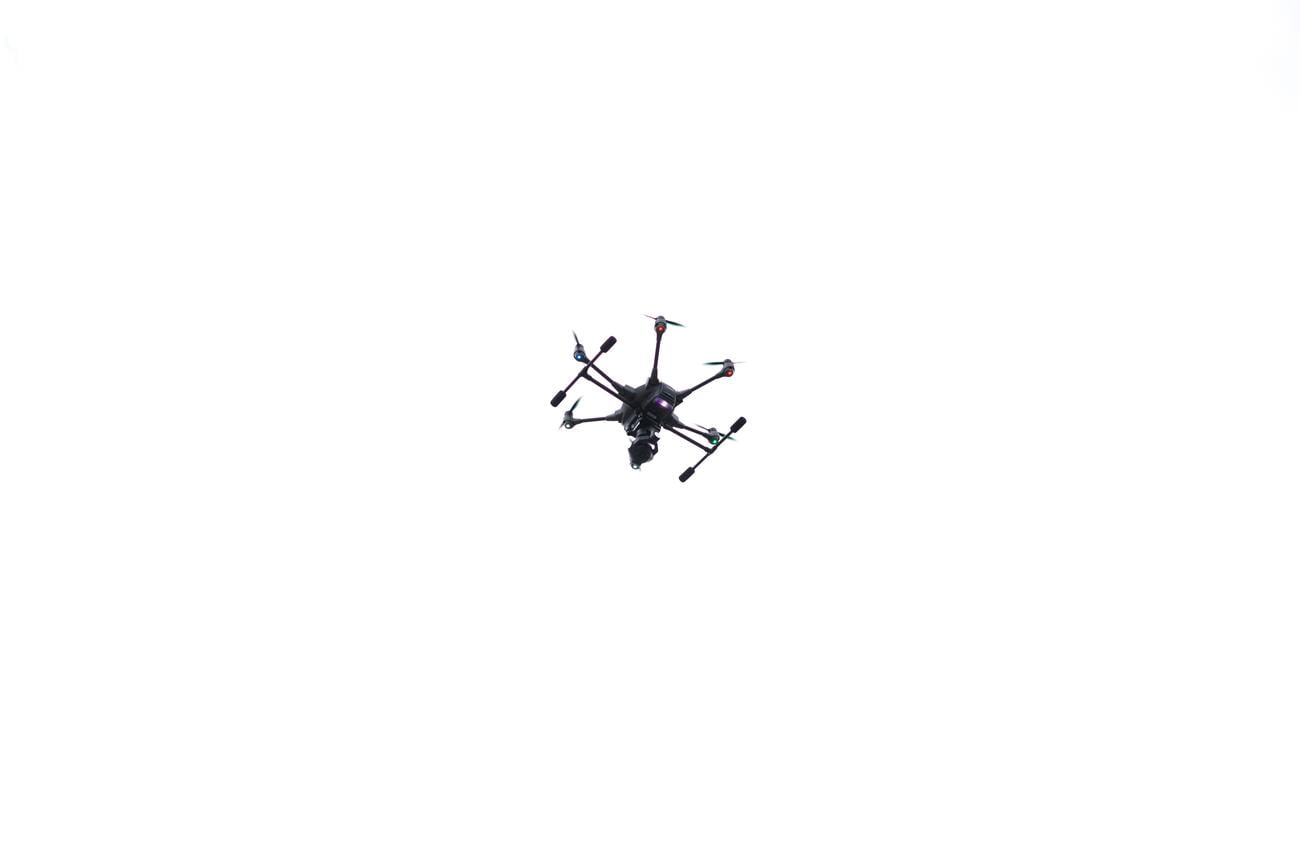
Emerging Drone Technologies
In today’s rapidly evolving world, emerging drone technologies are taking flight and revolutionizing various industries. With advancements in AI, IoT, and 5G, drones are becoming powerful tools that offer endless possibilities. From military and commercial applications to personal use, drones are reshaping our world in unimaginable ways.
The history of drone technology can be traced back to World War I, where they were first used for surveillance purposes. Since then, they have come a long way, with each passing innovation propelling them further into the future. As we explore the future of emerging drone technologies, it’s essential to understand the key components that make them so remarkable.
AI: Imagine a drone that can think and navigate autonomously, adapting to its surroundings in real-time. This is the power of AI in drones. By incorporating artificial intelligence algorithms, drones are now capable of analyzing data, making decisions, and even learning from their experiences. They can detect obstacles, avoid collisions, and optimize flight paths, making them more efficient and safe. With AI, drones can operate with minimal human intervention, opening up new possibilities for automation and efficiency.
IoT: The Internet of Things (IoT) has enabled drones to become an integral part of connected ecosystems. By seamlessly integrating with other devices and systems, drones can collect and exchange data, providing valuable insights in various fields. In agriculture, drones equipped with IoT sensors can monitor crop health, optimize irrigation, and even detect pests or diseases. In disaster management, they can aid in search and rescue operations by transmitting real-time data from affected areas. The combination of IoT and drones has the potential to revolutionize industries and improve our lives in ways we never thought possible.
5G: The dawn of 5G technology promises a world where drones can operate with unparalleled speed and efficiency. With its ultra-low latency and high bandwidth, 5G enables real-time communication and faster data transfer, empowering drones to perform tasks more efficiently than ever before. For example, in delivery services, drones equipped with 5G can quickly transmit data to base stations and receive instructions in real-time, enabling faster and more precise deliveries. It also opens up possibilities for remote control and monitoring of drones in various industries, enhancing their capabilities and expanding their reach.
As drones continue to evolve and find their place in our society, we must also consider the challenges and ethical issues they bring. Privacy concerns, airspace regulations, and potential misuse are just a few aspects that need careful consideration. Understanding the impact of drones on urban planning is equally crucial, as their increasing adoption brings about changes in infrastructure and user experience.
In conclusion, the future of emerging drone technologies holds immense potential for transformation. With AI, IoT, and 5G at their core, drones are poised to revolutionize industries, simplify tasks, and open up new possibilities. However, it is crucial to address the challenges and ethical implications that come with their advancement. By embracing these technologies responsibly, we can shape a future where drones coexist harmoniously with human society, bringing us closer to a world of endless innovation and opportunity. As we embark on this journey, let us not only marvel at the remarkable capabilities of emerging drone technologies but also explore their impact on our lives and the world we live in.
Drones are becoming increasingly popular and are expected to play a significant role in the future. If you’re curious about the possibilities that lie ahead, you absolutely cannot miss out on these fascinating facts about drones in the future. With advancements in technology, drones are set to revolutionize various industries, such as agriculture, delivery services, and even entertainment. Discover more about the exciting future of drones by clicking here: Facts About Drones In The Future. Get ready to be amazed!
FAQ
Question 1: What are the essential emerging technologies that are making drones powerful tools?
Answer 1: The essential emerging technologies that are making drones powerful tools include AI (artificial intelligence), IoT (Internet of Things), and 5G. These technologies enable drones to operate autonomously, collect and analyze vast amounts of data, and communicate in real-time, enhancing their capabilities and potential applications.
Question 2: What are some future development areas in the drone industry?
Answer 2: Some future development areas in the drone industry include automation, drone computers, and changes to the urban environment and user experience. Automation will enable drones to perform tasks with minimal human intervention, while drone computers will have more computing power for advanced applications. Changes to the urban environment, such as dedicated landing pads or aerial highways, will accommodate the increased use of drones, and enhanced user experiences will make drone operations more intuitive and user-friendly.
Question 3: In which fields can drones have a potential impact?
Answer 3: Drones have the potential to impact various fields such as military, commercial, and personal use. In the military, drones are used for surveillance, reconnaissance, and targeted strikes. In the commercial sector, they are employed for delivery services, infrastructure inspection, and aerial photography. On a personal level, drones can be used for recreational purposes, aerial videography, and even disaster response.
Question 4: How has drone technology evolved over time?
Answer 4: Drone technology has evolved significantly over time. It traces its roots back to World War I when early unmanned aircraft were developed for military purposes. Since then, drones have undergone immense advancements in terms of their size, capabilities, and applications. From being mostly associated with military operations, drones are now widely adopted and used for various civilian applications, thanks to advancements in materials, electronics, and software.
Question 5: What are some challenges and ethical issues surrounding drones?
Answer 5: Some challenges and ethical issues surrounding drones include privacy concerns, safety regulations, and potential misuse. Drones equipped with cameras raise concerns about invasion of privacy, leading to debates on their usage in public spaces. Safety regulations aim to prevent accidents involving drones, especially in crowded areas or near airports. The potential misuse of drones, such as weaponization or interference with critical infrastructure, also poses ethical concerns that need to be addressed.
- Unlock what part of speech is is: Master English Grammar Now - April 2, 2025
- Unlock the best US history books: A curated list for insightful reading - April 2, 2025
- First Lady Book: A History of Power and Influence - April 2, 2025
